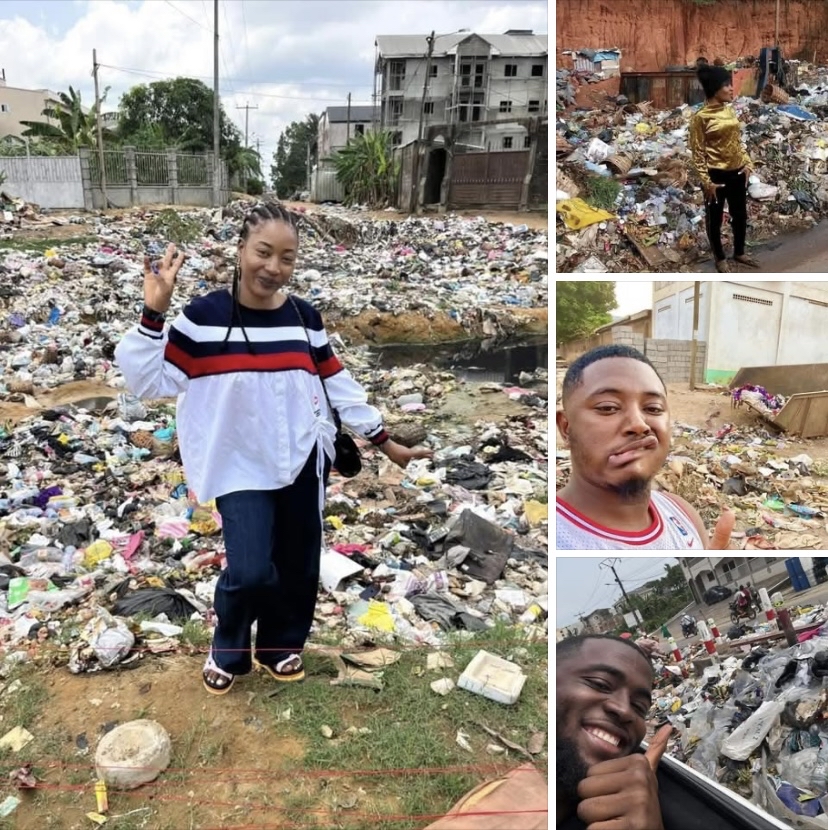A troubling trend is emerging; influencers are exploiting urban disorder for online clout view on recent online post.
The pursuit of online fame has taken a troubling turn as celebrities increasingly leverage urban disorder for content, a phenomenon sparking debate across Cameroon and beyond. While media organs have consistently spotlighted the neglected state of Yaoundé and Douala, calling for urban renewal and improved governance, celebrities are now using it for content, commodifying these issues for personal gain, snapping photos in front of overflowing bins and dilapidated streets.
This trend, where influencers strategically position themselves amidst urban decay, raises serious ethical concerns. What was once the domain of investigative journalism, uncovering systemic failures and advocating for change, is now being appropriated by individuals seeking to capitalize on the shock value and social commentary inherent in these scenes. By posting posed images in front of dirt and degradation, they get the recognition and traction they desire.
The images, often framed with an ironic and provocative caption, tend to generate significant engagement. The sharp contrast between the influencer’s curated image and the grimy backdrop becomes a potent visual hook, attracting views, comments, and shares. This amplified attention can translate into increased follower counts and brand sponsorships, fueling the incentive for more such content to seek attention. However, the ethical implications are undeniable.
Critics argue that these actions trivialize the complex realities of urban neglect, reducing the lived experiences of residents to mere props in a self-serving performance. Others encourage the trend, emphasizing it is a call to action. Yaoundé’s Etoudi market was not left out. The practice also raises concerns about authenticity and representation. The carefully compiled influencer content often obscures the underlying complexities of urban life, presenting an uneven and incomplete picture to the wider audience.
By focusing on sensationalized imagery, they may reinforce negative stereotypes and fail to engage with the systemic issues that contribute to the problem. The fact that influencers are now drawn to these very locations for their content, regardless of their motivations, inadvertently amplifies the message: something is amiss. Whether intentional or not, these images serve as a stark reminder of the visible signs of urban disorder that plague daily life.
They serve as a backdrop to portray the poor and unkept state of the city. It is no longer a secret that media organs have consistently spotlighted the poor state of Yaoundé and Douala, calling for urgent action to address the mounting waste management crisis and dilapidated infrastructure. For years, these outlets have condemned waste in towns and cities.

